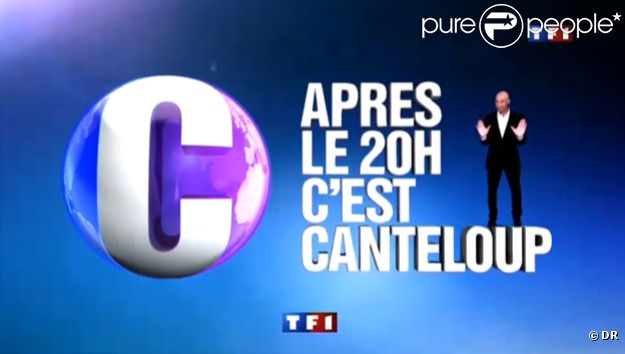Hello
everybody!
Today we
are going to have a look on the famous marketing concept “5 products level”. It
deals with different stages of consumer satisfaction and benefits about
purchasing a product or a service.
Core benefit level:
The main
need satisfied when someone watches TF1 or M6 is to watch TV.
Generic product level:
When
someone switches on the TV, the fundamental need satisfied is the want of
entertainment or of information.
Expected product level:
TF1:
Many expectations can bring someone to switch on his TV and put the
first channel.
He can
expect to watch national and international information with “Le Journal de 13h”
and “Le Journal de 20h” which is one of the most complete TV News.
He also can
expect to get access to one of the most famous TV entertainment such as
Koh-Lanta for example.
Finally, he
can also expect to entertain with one of the most famous police series
worldwide “Les experts”.
M6: Expectations of televiewers on M6 are a little
bit different from those of TF1 televiewers.
M6 is
expected for its televiewers to broadcast some reports targeted at a special
subject such as “Enquête Exclusive” or “Zone interdite”.
M6 is also
expected to broadcast daily short series such as “Scènes de ménages” for example.
Finally, M6
is expected to broadcast weekly TV reality show such as “Top Chef”.
Augmented product level:
Some
additional attributes can be related to TF1 and M6 as following:
TF1: VOD (video on demand), TF1 website, production
of movies (Cloclo, La guerre des boutons, etc…), other channels (TMC, NT1, TF6,
Eurosport, LCI, etc…).
M6: VOD, M6 website, production of movies (Les
infidels, Les petits mouchoirs, ect…), M6 mobile (Cell phone plan), other
channels (W9, Paris Première, Téva).
Potential product level:
TF1/M6: Other channels, participation to events,
internationalization of the channels, etc…










